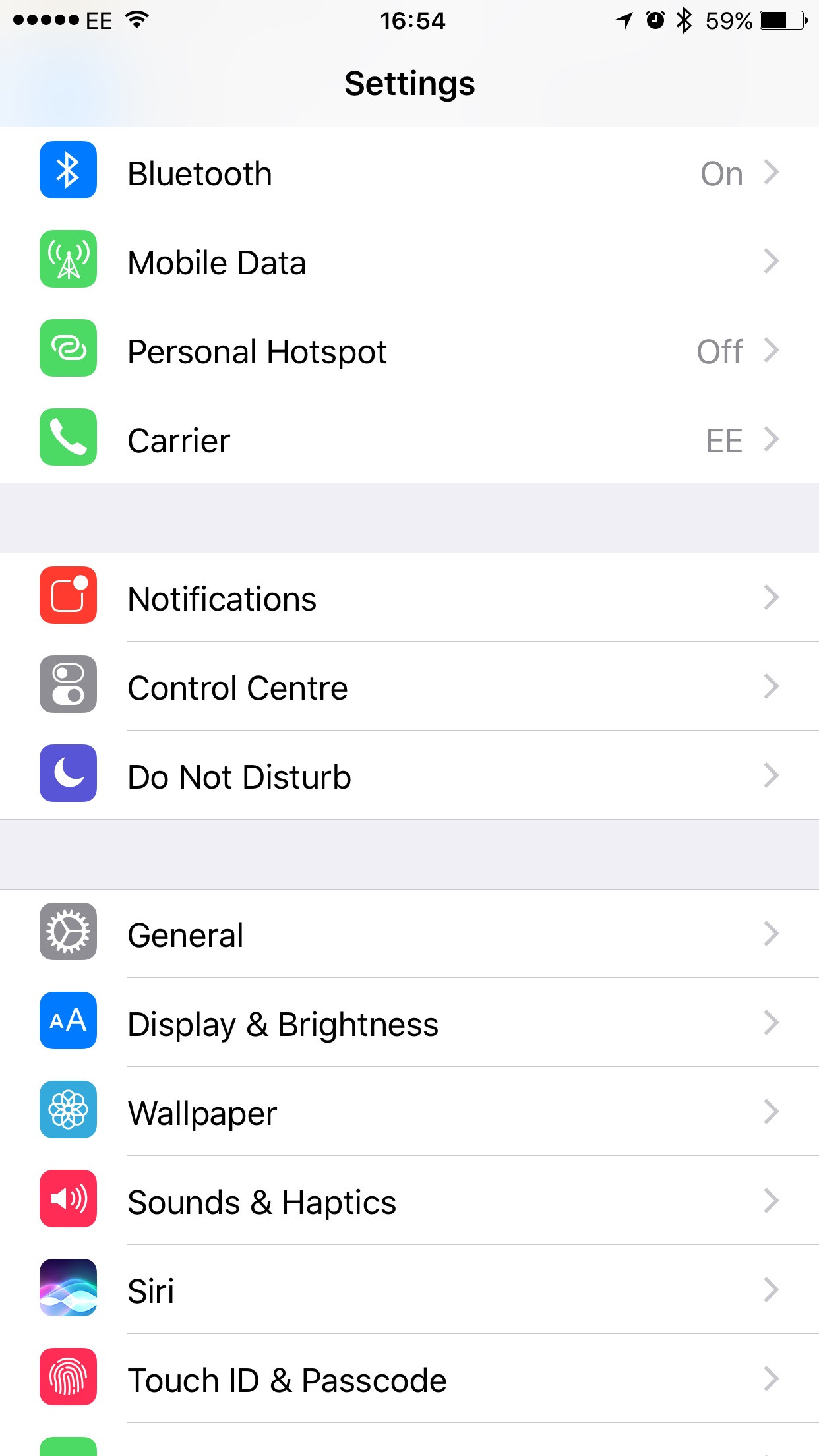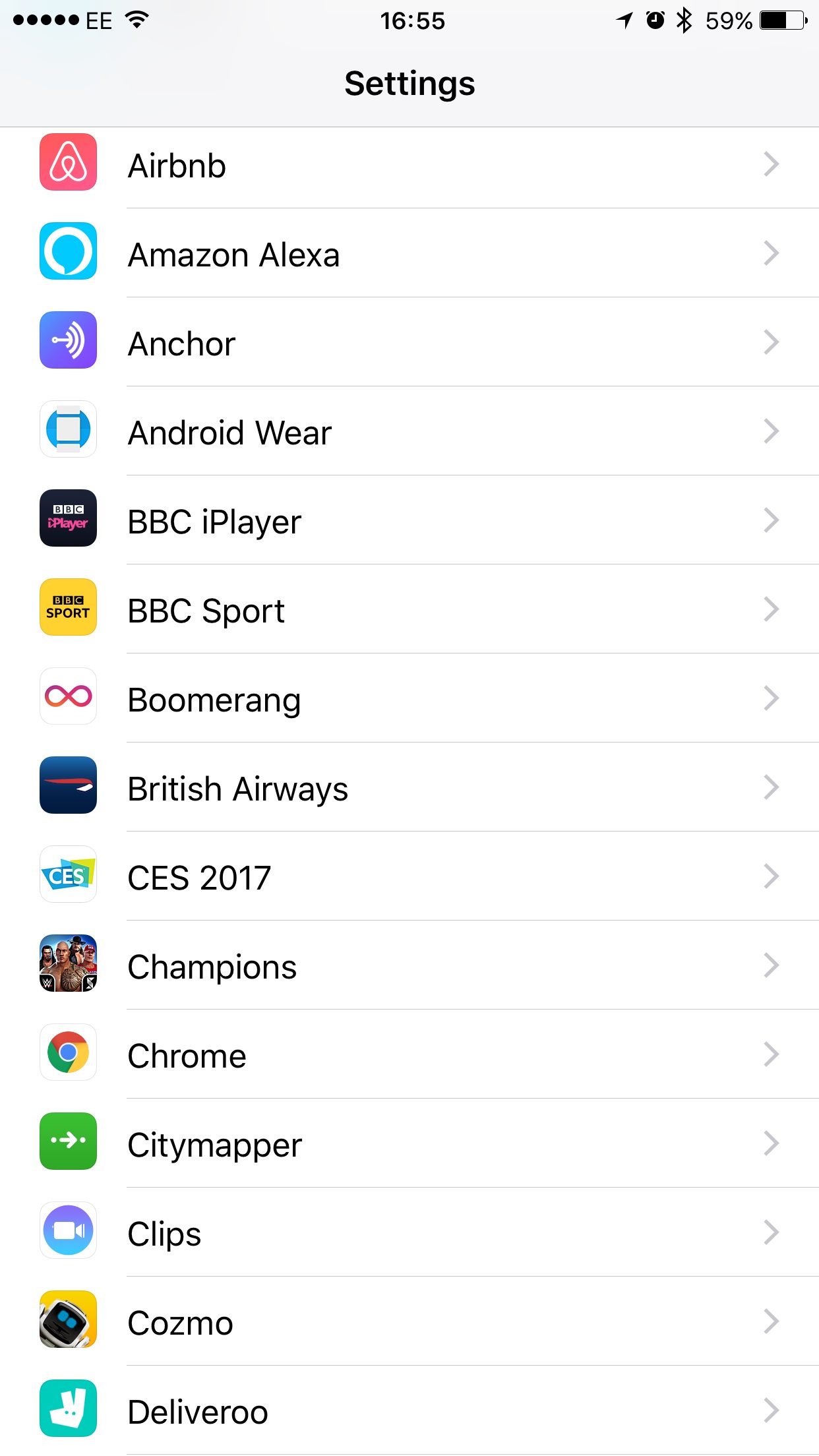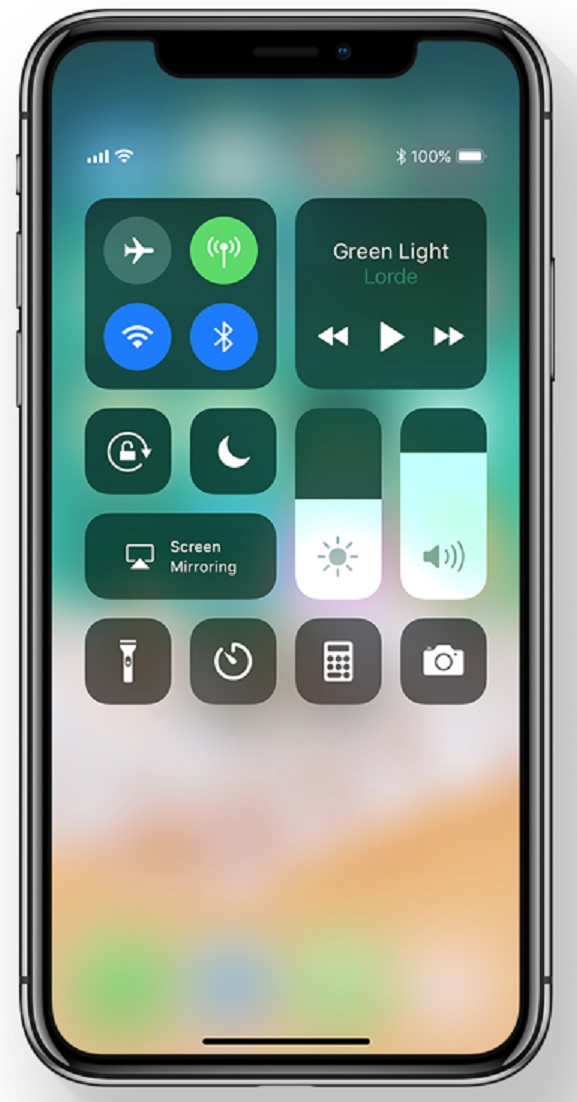
From around 6pm on Tuesday, iOS 11, the latest version of Apple’s mobile operating system, will begin to become available to iPhone and iPad users across the UK.
The update is promising a host of new features for phone and tablet users, including a redesigned Control Centre, new emoji and a Do Not Disturb while driving feature.
But as well as the new features themselves there are some important points to note before diving in to the update. Here is everything you need to know about iOS 11.
1. Are you eligible?
 (Screenshot)
(Screenshot)
The iOS 11 will be – as always – free to all, but the device you currently use may not necessarily be compatible with Apple’s update.
In order to receive iOS 11, you need to have an iPhone 5s or newer, while iPad owners need either a fifth generation iPad or iPad Mini 2 or newer in order to be compatible with the update.
2. App compatibility
 (Screenshot)
(Screenshot)
In addition, it is worth noting Apple is also ending support for apps that run in 32-bit mode rather than the 64-bit that is now standard in Apple products, and has been for some time.
But with iOS 11, some apps that are not coded to operate in 64-bit systems will stop working once the device has been upgraded to iOS 11.
Users can check which apps have been affected after the update by going to the new App Compatibility section in iOS 11, which is found under Settings > General > About > Applications.
3. Free up some storage
 (Lauren Hurley/PA)
(Lauren Hurley/PA)
iOS updates often catch out many users who don’t have enough storage left on their device to complete the switch.
The update is expected to be about 1.7GB in size, but it’s recommended that users aim to have more than that free in order to comfortably update.
If you’re short of space initially and aren’t sure where to turn first for a purge, there are a few bad habits that take up space which can be easily fixed.
Wiping old text messages is a good place to start – anything over a year old is unlikely to still be useful.
Another bad habit is duplicating photos. Using HDR mode takes two photos, so turn this off for one and delete any duplicates from your Camera Roll too, as well as any other images you don’t need. Be sure to switch off photo saving for WhatsApp and Instagram too.
Next, go to Settings and wipe the Safari history and website data, which is likely to free up a healthy amount of space quickly. On the subject of Safari, be sure to clear items from the offline Reading List you no longer need as well.
Songs and podcasts are worth going through also, deleting anything you no longer need or haven’t listened to in a while.
4. The best new features
 (Apple)
(Apple)
Once all the preparation is done and the update is downloaded, it’s time to get to know the key changes and highlights of iOS 11.
The first big change is to Control Centre, which has been revamped so that it now all sits on a single screen. On top of that, the icons that appear on it can now be edited – so should you want to add an alarm or stopwatch button for example, you can.
Siri also gets noticeably smarter in iOS 11 too, and can now translate phrases into a handful of languages, including Spanish, German and French.
It’s also now possible to type commands to Siri, rather than being forced to say them out loud, which isn’t always the most convenient way to interact with the virtual assistant.
 (Apple)
(Apple)
Elsewhere there are a range of new emojis to enjoy, including a T-Rex, zombie and vomiting smiley, as well as a re-design for the App Store.
The new Files app also enables users to centralise and organise all the files on their device, including from some third-party services such as Google Drive.


Why are you making commenting on The Herald only available to subscribers?
It should have been a safe space for informed debate, somewhere for readers to discuss issues around the biggest stories of the day, but all too often the below the line comments on most websites have become bogged down by off-topic discussions and abuse.
heraldscotland.com is tackling this problem by allowing only subscribers to comment.
We are doing this to improve the experience for our loyal readers and we believe it will reduce the ability of trolls and troublemakers, who occasionally find their way onto our site, to abuse our journalists and readers. We also hope it will help the comments section fulfil its promise as a part of Scotland's conversation with itself.
We are lucky at The Herald. We are read by an informed, educated readership who can add their knowledge and insights to our stories.
That is invaluable.
We are making the subscriber-only change to support our valued readers, who tell us they don't want the site cluttered up with irrelevant comments, untruths and abuse.
In the past, the journalist’s job was to collect and distribute information to the audience. Technology means that readers can shape a discussion. We look forward to hearing from you on heraldscotland.com
Comments & Moderation
Readers’ comments: You are personally liable for the content of any comments you upload to this website, so please act responsibly. We do not pre-moderate or monitor readers’ comments appearing on our websites, but we do post-moderate in response to complaints we receive or otherwise when a potential problem comes to our attention. You can make a complaint by using the ‘report this post’ link . We may then apply our discretion under the user terms to amend or delete comments.
Post moderation is undertaken full-time 9am-6pm on weekdays, and on a part-time basis outwith those hours.
Read the rules here